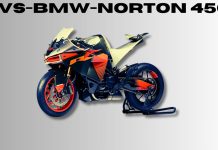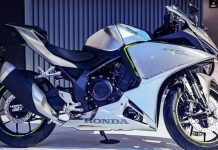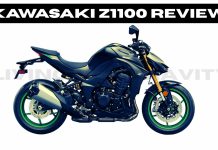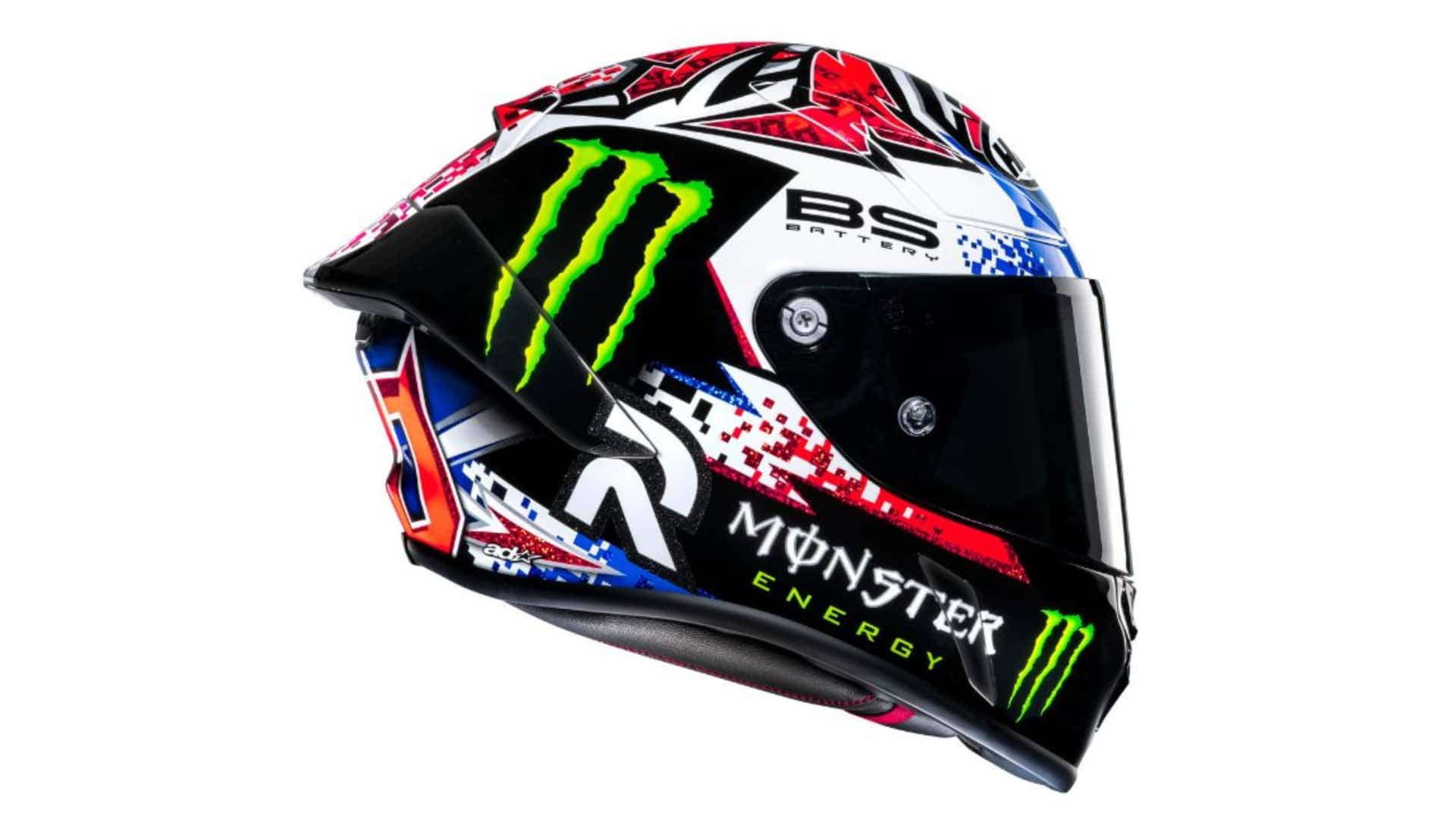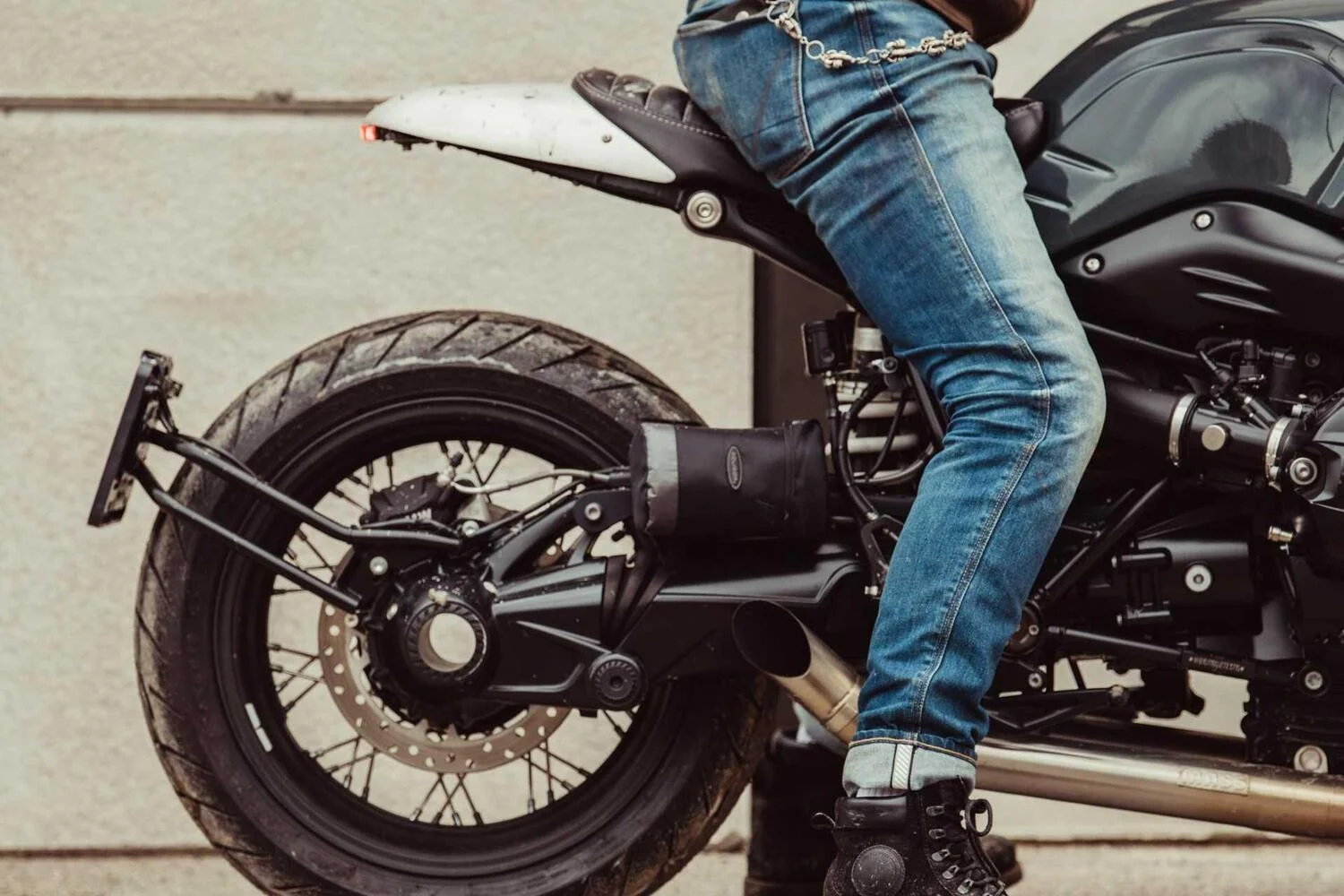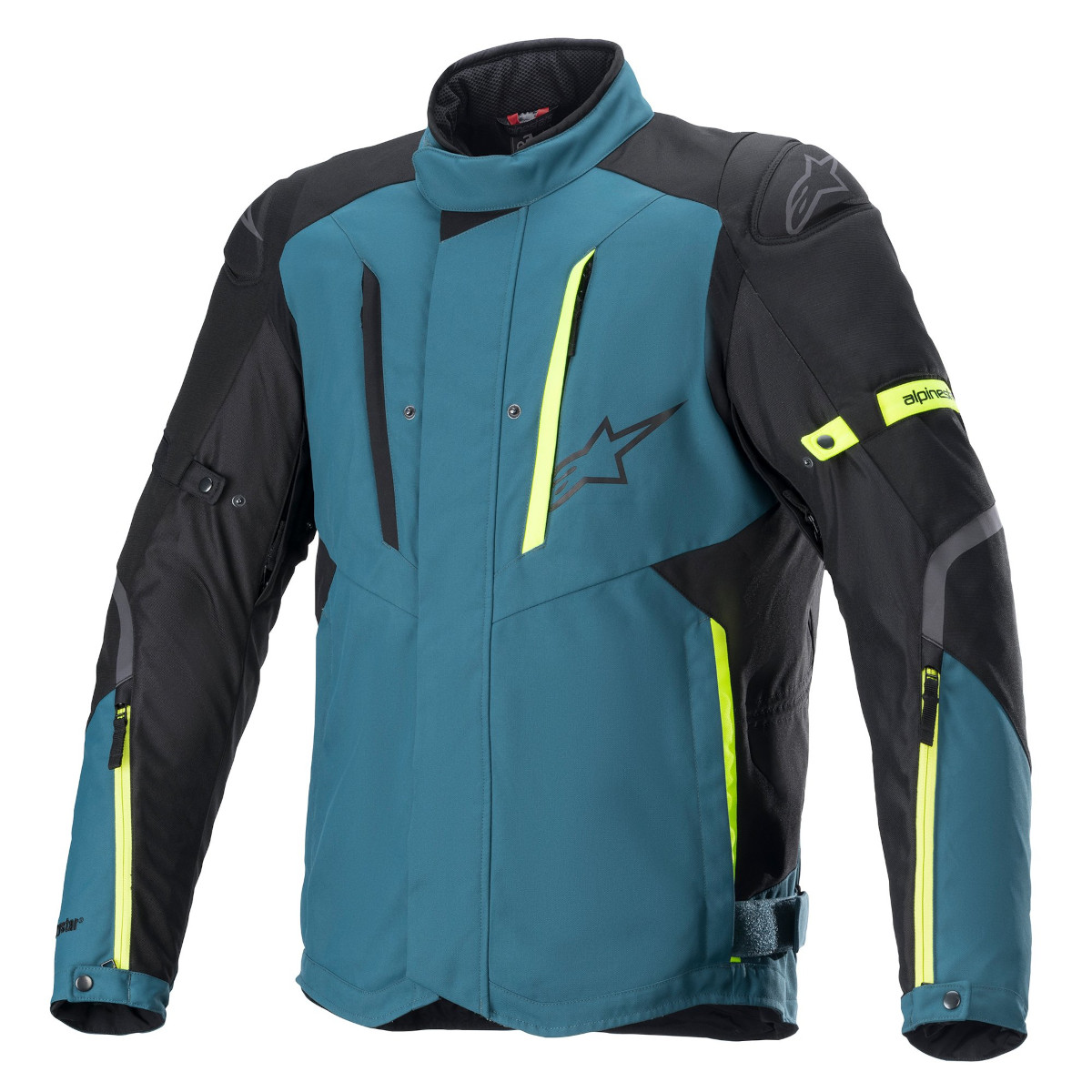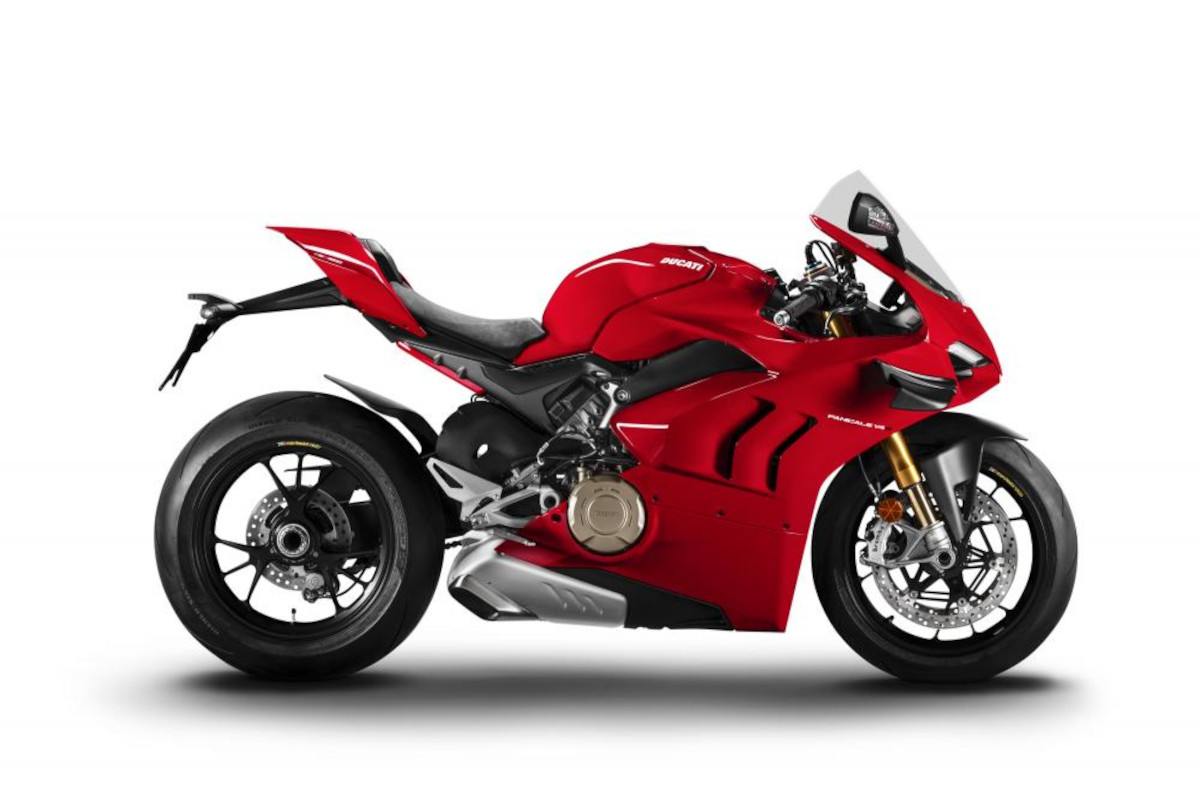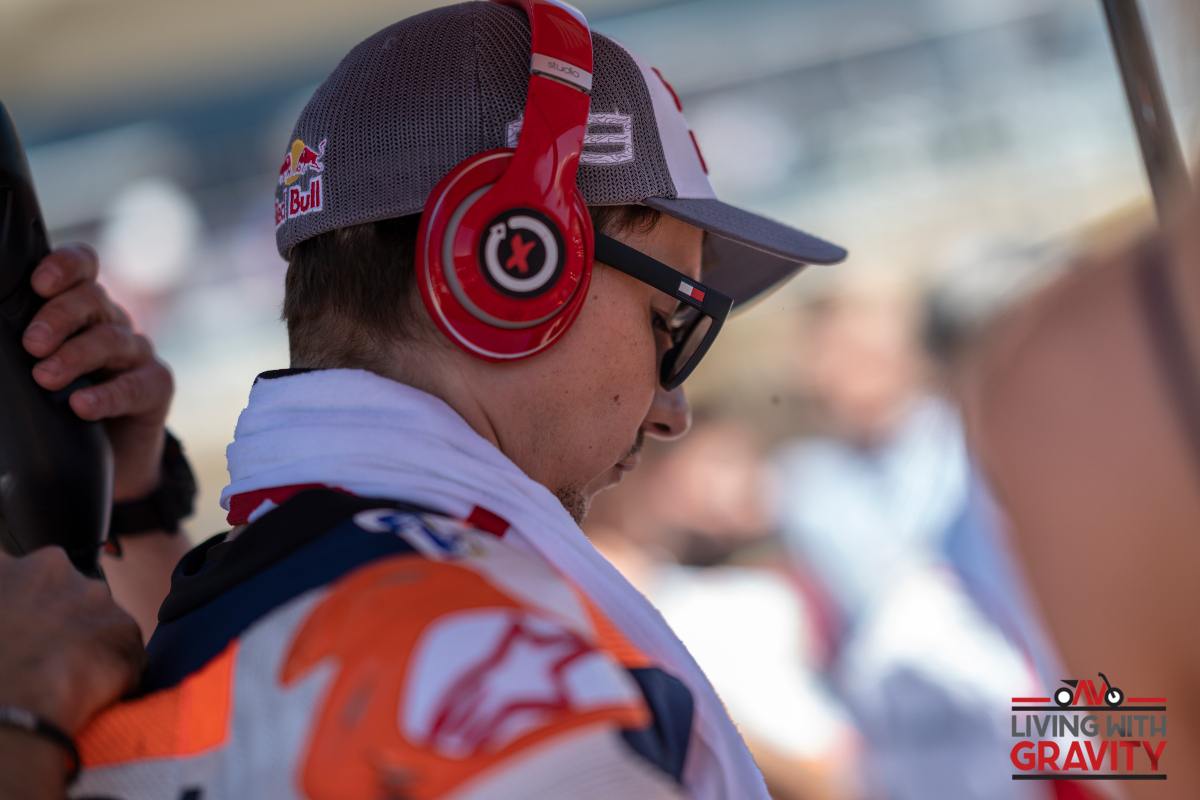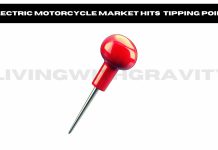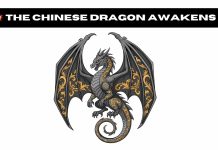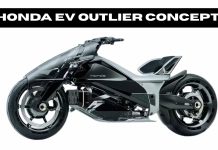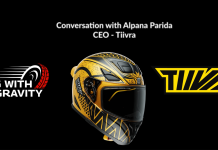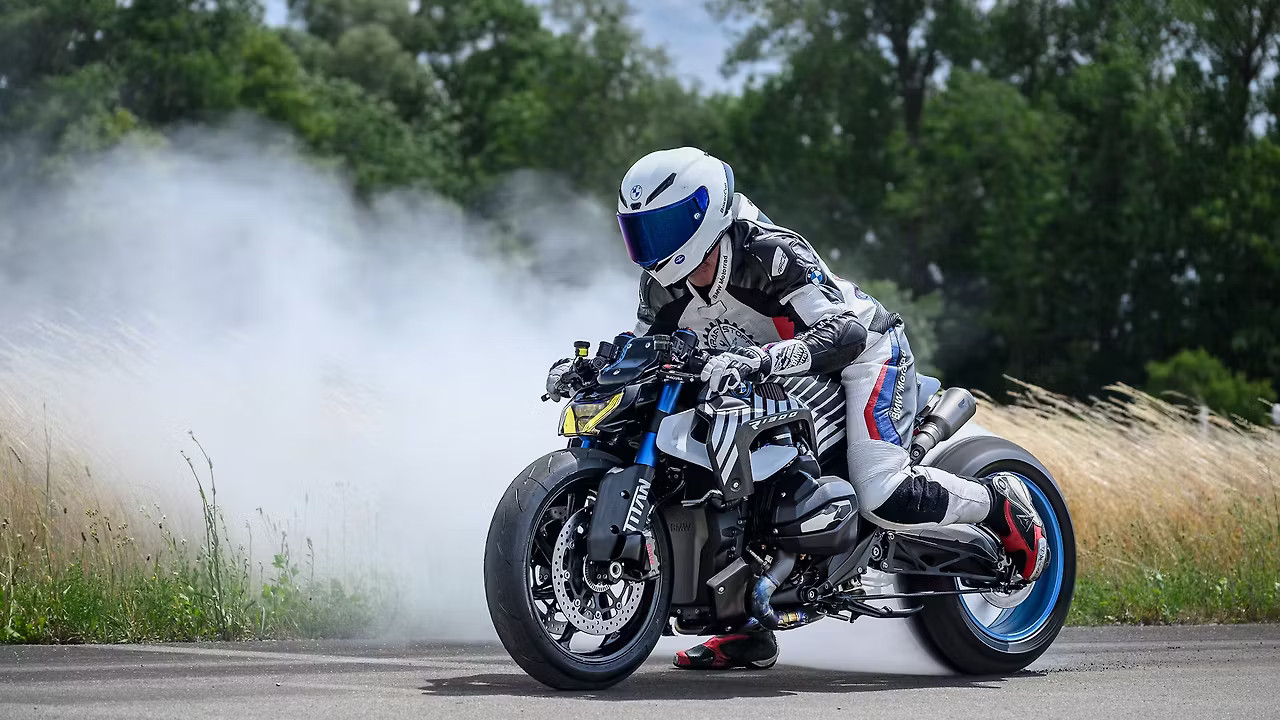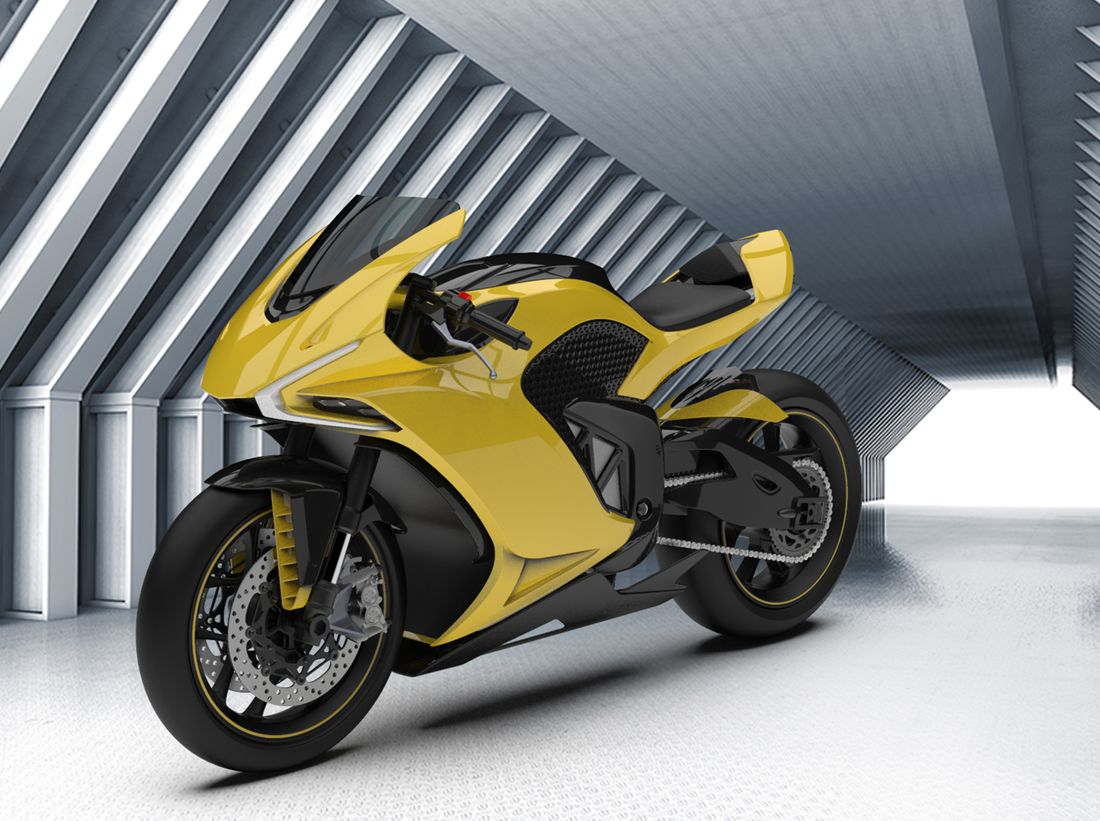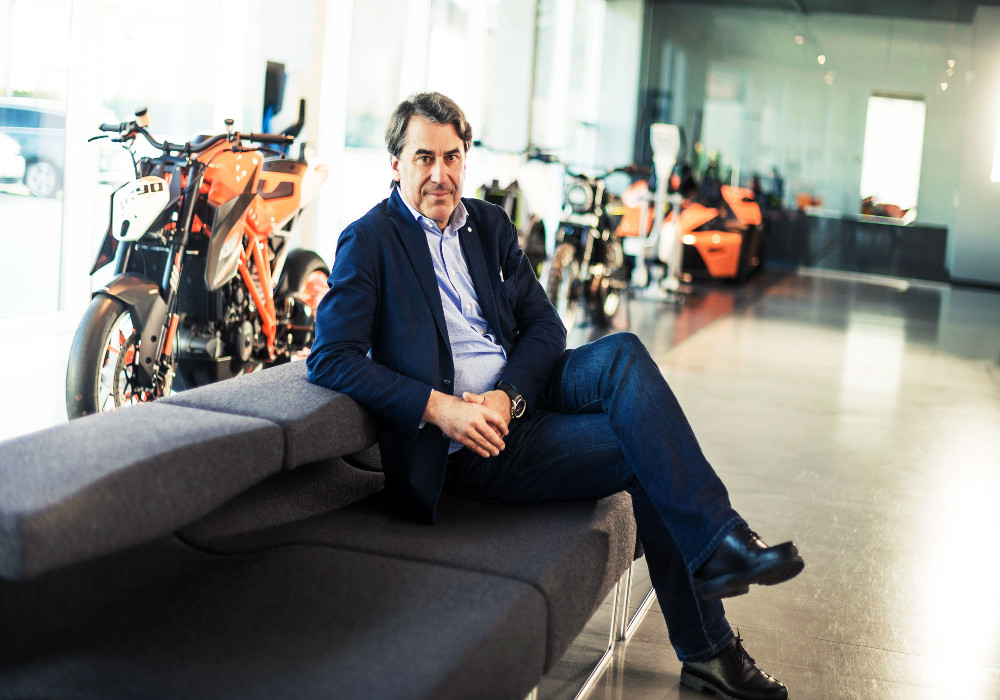Executive Summary
The recent unveiling of the BMW R 1300 R Titan has captivated the motorcycle world, presenting a strikingly aggressive custom concept born from a passionate internal project within BMW Motorrad. This bold reimagination of the iconic roadster immediately stands out with its head-turning styling, numerous one-off parts, and an integrated nitrous-oxide injection system.1 It is unequivocally a one-off machine, not slated for mass production, and its purpose extends beyond commercial availability.1
The Titan’s debut serves a crucial strategic purpose for BMW Motorrad: demonstrating its innovative capabilities and its agility in thinking “like a small tuner,” pushing the boundaries of design and performance.1 This approach allows BMW to generate significant buzz and attract enthusiast attention, subtly influencing market perception of its innovative prowess. This move is not isolated; it complements other significant concept bikes, such as the more production-oriented BMW Motorrad Concept RR, which directly previews the next generation of BMW superbikes.5 These concepts collectively hint at BMW Motorrad’s exciting trajectory, showcasing a brand committed to both creative freedom and cutting-edge engineering.
1. Introduction: Unveiling the R 1300 R Titan – A Passion Project Takes Center Stage
The motorcycle division of BMW recently debuted the BMW R 1300 R Titan concept, a machine that immediately commanded attention. While some initial reports framed it as “officially launched” 2, it quickly became clear that this was a concept vehicle, a “wild, factory-built, nitrous-equipped custom” that stands out with its “head-turning styling”.1 The Titan is much more than just a motorcycle; it embodies a statement of pure craftsmanship and performance.2
What makes the Titan particularly compelling is its unique genesis. It was conceived and brought to life by a “small group of BMW Motorrad employees as a passion project”.1 This dedicated team included Philipp Ludwig as project manager, Andreas Martin as vehicle designer, Theresa Stukenbrock as color and graphic designer, and Paul Summerer and Thomas Becker as prototype builders.4 This grassroots origin, driven by internal enthusiasm and creative freedom, distinguishes it from typical top-down product development cycles.
The initial impressions of the Titan were of a machine characterized by its “many one-off parts” and the prominent nitrous-oxide injection system.1 It has been described as “brutal and aggressive, beautiful and extraordinary, fast and precise… and built to win”.4 Its aggressive lines and minimalist solo seat contribute to its “futuristic design cues”.2 The underlying design philosophy for the Titan was to translate the basic styling elements of the new BMW R 1300 R into the aggressive lines of a sprint racer.4 This visual strategy pushes the weight over the front wheel, giving the bike the appearance of a “predatory cat, patiently waiting to sprint off even when stationary”.7
The repeated emphasis on the R 1300 R Titan being an employee-driven “passion project” serves a deliberate strategic narrative for BMW Motorrad. Large corporations can sometimes be perceived as rigid or solely profit-driven, potentially alienating a passionate enthusiast base that values bespoke craftsmanship and unconventional thinking.
By highlighting the “passion project” aspect, BMW actively counters this perception. It demonstrates that innovation and radical ideas can emerge organically from within its workforce, driven by genuine enthusiasm for motorcycling. This narrative resonates deeply with the motorcycle community, which often celebrates individuality and the “tuner” spirit, thereby helping to humanize the brand, build stronger emotional connections with its audience, and reinforce its authenticity within the motorcycle world. It suggests that BMW Motorrad is not just a company that builds bikes, but a community of enthusiasts who are pushing boundaries, enhancing brand loyalty and appeal.
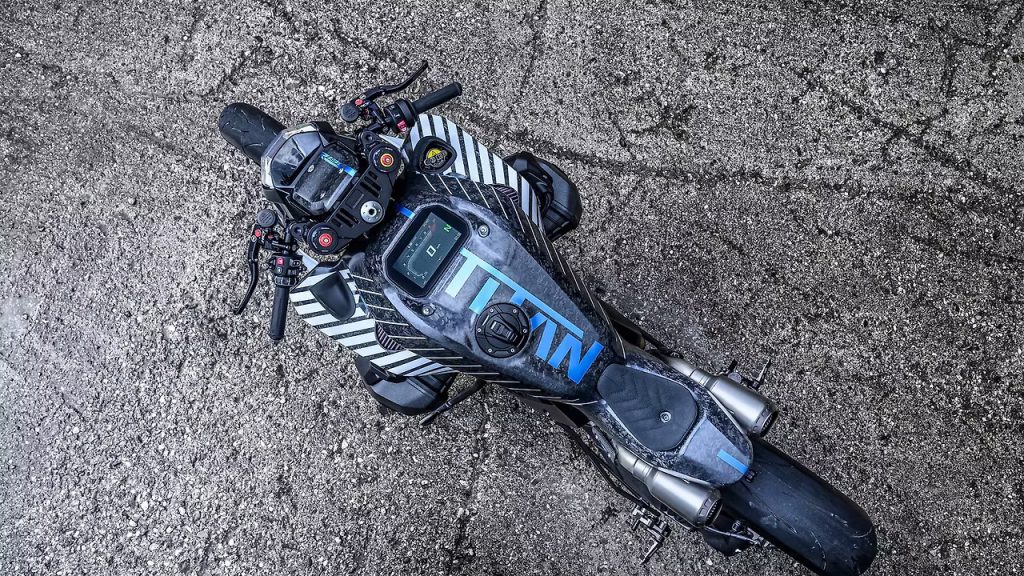
2. The Titan’s Anatomy: A Deep Dive into Custom Engineering and Design
The BMW R 1300 R Titan represents a meticulous dissection and transformation of its standard counterpart, with nearly every part of the base R 1300 R modified to achieve its aggressive sprint racer aesthetic and enhanced performance.1 The result is a machine with a “completely different silhouette” than its regular-production sibling, appearing “sportier, more compact, and it looks fast even when parked”.1 It seamlessly merges “classic boxer power with futuristic design cues”.2
At its core, the Titan incorporates a specially manufactured “Wilbers chassis with a long swing arm”.1 This bespoke chassis is “hard-tuned to ensure that no performance of the series-production engine is wasted,” contributing to the bike’s distinctly “low profile”.4 Complementing this, a carbon fiber fairing conceals much of the custom chassis 1, while the overall design features a “monocoque in the style of racing bikes” and an “over-the-top air duct panel”.7 To further amplify its visual drama, the fenders were intentionally omitted.1 The bodywork itself is adorned with a “very rich graphic design, accented by metallic blue,” making it truly unique.7
A prominent feature of the Titan is its custom-made “titanium Akrapovič exhaust system”.1 Akrapovic, a “long-standing BMW Motorrad partner,” collaborated closely on its development.4 This exhaust system is described as a “masterpiece,” with pipes emerging from both cylinders, briefly joining beneath the bike, and culminating in a “boxer-style, two-flow outlet under the towering, aggressively rising rear end”.4 This design not only enhances the bike’s powerful character visually but also acoustically.4
Perhaps the most striking performance and design element is the “nitrous-oxide injection system”.1 The NOS bottle is conspicuously “installed right between the two exhaust outlets,” intentionally left “out in the open, so it becomes part of the design”.1 This system promises a “significant bump in power when it’s activated” 1 or an “extra power surge at the push of a button” 3, with BMW describing its effect as “thrusting the tires into the tarmac via the transmission and shaft drive, catapulting the BMW R 1300 R Titan forward”.4 The precise increase in power from the NOS system, however, remains unspecified.7
The deliberate exposure and integration of the nitrous oxide bottle into the Titan’s design is a significant aesthetic statement. In high-end motorcycle design, every visible component is typically either meticulously hidden or deliberately showcased. By making the NOS bottle a prominent, integrated design element, BMW is moving away from purely sleek or understated aesthetics. This choice signals an embrace of a more aggressive, almost “hot rod” or “sprint racer” visual language, where performance components are celebrated visually.
This could influence future BMW Motorrad production models to feature more exposed, functional components as aesthetic elements, or even lead to factory-backed “performance kits” that are visually integrated into the bike’s overall look. This design decision could be a strategic move to test market reception for more extreme, less conventional aesthetics within the BMW Motorrad brand. It suggests a willingness to push boundaries in how performance is not just delivered but also presented, potentially paving the way for future production bikes that are visually bolder and more overtly performance-oriented, even if they do not include actual NOS systems. It represents a shift in visual identity that aligns with raw power and a “tuner” mentality.
To fully grasp the extent of the Titan’s transformation, a direct comparison with the standard R 1300 R is invaluable:
| Feature Category | Standard R 1300 R | R 1300 R Titan | Impact/Notes |
| Chassis | Two-part frame, bolted rear frame, load-bearing engine 8 | Wilbers chassis with long swingarm, manufactured specifically for Titan 1 | Low profile, hard-tuned for performance, enhances sprint capability 4 |
| Bodywork | Standard fairing/fenders | Carbon fiber fairing, monocoque, no fenders, aggressive lines, over-the-top air duct panel, metallic blue graphics 1 | Sportier, more compact silhouette, “predatory cat” look, increased visual drama 1 |
| Exhaust System | Standard exhaust | Custom titanium Akrapovič, boxer-style two-flow outlet 1 | Enhanced visual and acoustic character, prominent design element 4 |
| Engine Power | 145 hp @ 7,750 rpm, 110 lb-ft @ 6,500 rpm 7 | Stock 1300cc boxer + Nitrous Oxide Injection System (NOS) 1 | Significant, unquantified power bump on demand, “catapulting” acceleration 1 |
| Weight | 527 lbs (unladen, road ready, fully fueled) 1 | Not specified, likely lighter due to carbon fiber components; focus on power-to-weight 1 | Enhances sprint performance, contributes to aggressive stance 4 |
| Visual Elements | Standard roadster aesthetics | Aggressive stance, minimalist solo seat, exposed NOS bottle as design element 1 | Reinforces sprint racer theme, bold aesthetic statement 1 |
This comparative table provides a concise, side-by-side view of the standard R 1300 R versus the Titan’s modifications. This visual format immediately highlights the key differences and the radical nature of the custom build. For a motorcycle enthusiast, seeing these differences laid out clearly allows for a deeper appreciation of the engineering and design choices made for the Titan. It makes the “custom” aspect tangible and provides a quick reference point for the core enhancements, serving as a central data point that simplifies complex information and enhances the report’s utility.
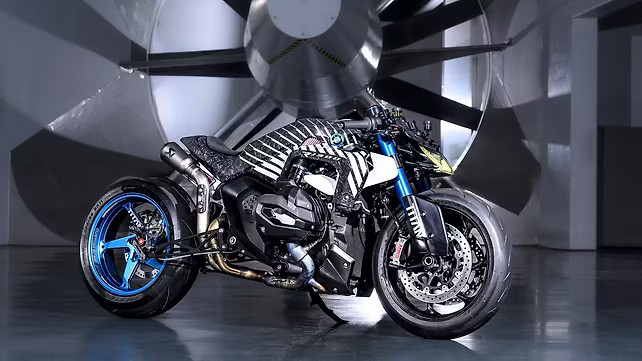
3. Foundation of Power: The Standard BMW R 1300 R
To fully appreciate the radical transformation embodied by the R 1300 R Titan, it is essential to understand the robust and capable platform upon which it is built: the standard BMW R 1300 R. This production model itself represents a significant evolution for BMW’s roadster lineup, offering a blend of agility, comfort, and intelligent technology.8
The R 1300 R is powered by a 1,300 cc (1.3-liter) air/liquid-cooled four-stroke flat twin boxer engine, featuring double overhead and chain-driven camshafts with BMW ShiftCam technology.1 This potent powerplant boasts a rated output of 145 horsepower at 7,750 rpm and a maximum torque of 110 pound-feet (149 Nm) at 6,500 rpm.7 This represents a “significant boost in power over the previous generation,” which produced 136 hp and 143 Nm.7
In terms of weight, the standard R 1300 R has an unladen, road-ready weight of approximately 527 pounds, fully fueled.1 Power is transmitted to the rear wheel via a shaft drive, an “unusual layout in the motorcycle world” compared to the more common chain or belt drives, highlighting BMW’s distinctive engineering choices.1
The chassis of the R 1300 R features a two-part frame, comprising a main frame, a bolted rear frame, and a load-bearing engine.8 Suspension duties are handled by an upside-down telescopic fork at the front and a BMW Motorrad EVO-Paralever with a cast aluminum single-sided swingarm at the rear.8 Braking performance is robust, with a twin-disc system at the front (310 mm diameter, 4-piston radial caliper) and a single-disc system at the rear (285 mm diameter, 2-piston floating caliper), all complemented by BMW Motorrad Full Integral ABS Pro, which is optimized for lean angle.8
The R 1300 R also comes equipped with a suite of advanced standard features, including Keyless Ride, Dynamic Cruise Control (DCC), a USB-C charging socket, and Dynamic ESA (Electronic Suspension Adjustment).8 The standard BMW R 1300 R is currently listed on BMW’s configurators and is expected to be available in the U.S. sometime in 2025, with a starting price of $17,290.7
The strategic decision to base the radical Titan concept on the newest R 1300 R production model, rather than an older platform, subtly reinforces BMW’s confidence in its latest boxer engine and chassis architecture. By selecting its latest production roadster as the foundation for such an extreme, performance-oriented custom concept (complete with NOS), BMW implicitly validates the engineering integrity and inherent capabilities of the new R 1300 R. It suggests that the core platform—its engine, frame, and underlying technology—is not just an incremental update but a robust and versatile base capable of handling significant power boosts and radical modifications.
This sends a strong message to both consumers and the aftermarket: the new R 1300 R is a highly adaptable and future-proof platform. This choice can influence consumer perception, encouraging prospective buyers to view the standard R 1300 R as a modern, high-performance machine with untapped potential. It also subtly hints at BMW’s long-term plans for the boxer engine platform, suggesting it will continue to be a cornerstone for diverse models, including those with more aggressive or specialized applications, thereby ensuring its relevance and evolution in the years to come.
For a comprehensive overview of the standard model’s capabilities, the following table details its technical specifications:
| Specification Area | Parameter | Value |
| Engine | Type | Air/liquid-cooled four-stroke flat twin engine with double overhead and chain driven camshafts (BMW ShiftCam) 8 |
| Bore x Stroke | 106.5 mm x 73 mm 8 | |
| Capacity | 1,300 cc 8 | |
| Rated Output | 145 hp at 7,750 rpm 8 | |
| Max. Torque | 110 lb-ft at 6,500 rpm 8 | |
| Compression Ratio | 13.3 : 1 8 | |
| Mixture Control | Electronic intake pipe injection / digital engine management system with throttle-by-wire 8 | |
| Emission Control | Closed-loop 3-way catalytic converter 8 | |
| Chassis / Brakes | Frame | Two-part frame consisting of main frame, bolted rear frame, and load-bearing engine 8 |
| Front Wheel Location / Suspension | Upside-down telescopic fork 8 | |
| Rear Wheel Location / Suspension | BMW Motorrad EVO-Paralever, cast aluminum single-sided swingarm, continuous swingarm bearing axle, central suspension strut 8 | |
| Suspension Travel, Front / Rear | 5.5″ / 5.1″ 8 | |
| Wheelbase | 59.5″ 8 | |
| Castor | 5″ 8 | |
| Steering Head Angle | 62.5° 8 | |
| Wheels | Aluminum cast wheels 8 | |
| Rim, Front / Rear | 3.50 x 17″ / 6.00 x 17″ 8 | |
| Tire, Front / Rear | 120/70 ZR17 / 190/55 ZR17 8 | |
| Brake, Front | Twin disc brake, diameter 310 mm, 4-piston radial brake caliper 8 | |
| Brake, Rear | Single disc brake, diameter 285 mm, 2-piston floating caliper 8 | |
| ABS | BMW Motorrad Full Integral ABS Pro (fully integral braking function, lean angle optimized) 8 | |
| Dimensions / Weights | Seat Height (unladen) | 30.9″ 8 |
| Usable Tank Volume | 4.5 gal 8 | |
| Reserve | approx. 1 gal 8 | |
| Length | 83.7″ 8 | |
| Height (without mirror, unladen) | 43.77″ 8 | |
| Width (above mirror) | 34.0″ 8 | |
| Dry Weight | 500.5 lbs 8 | |
| Unladen Weight (road ready, fully fueled) | 527 lbs 1 | |
| Permitted Total Weight | 1,014 lbs 8 | |
| Payload (with standard equipment) | 487 lbs 8 | |
| Performance / Fuel Consumption | Maximum Speed | over 120 mph 8 |
| Fuel Type | Super unleaded (max. 15 % Ethanol, E15), 95 ROZ/RON, 90 AKI; adaptive fuel quality regulation (91-98 ROZ/RON) 8 | |
| Electrical System | Alternator | 650 W 8 |
| Battery | 12 V / 14 Ah 8 | |
| Power Transmission | Gearbox | Claw-shifted 6-speed gearbox 8 |
| Drive | Cardan shaft drive 8 | |
| Standard Equipment | Keyless Ride, DCC, USB-C charging socket, Dynamic ESA 8 |
This table serves as the foundational knowledge for the entire report. It allows the reader to quickly grasp the capabilities of the base bike, making the subsequent discussion of the Titan’s modifications (and their impact) much more meaningful. For an enthusiast, having precise technical data readily accessible enhances the report’s credibility and usefulness. It also helps in understanding the context of any future updates to the R 1300 R production line, as it establishes the current benchmark.
4. Concept to Reality? The Titan’s Production Outlook and Strategic Significance
For enthusiasts captivated by the BMW R 1300 R Titan, the immediate question often revolves around its availability. To be clear, the R 1300 R Titan is explicitly stated as a “one-off as of writing”.1 There is “nothing to suggest it will reach production” 1, and it is definitively “not a production model”.3 Sentiments expressed by observers, such as “If only it were to become a production reality” 4, further underscore its conceptual nature. While some sources note that BMW “does not say what the purpose of this custom bike is, or what will happen to it now that it’s here” 7, this refers to its commercial purpose, not its underlying strategic role. The cost of the entire project has also not been disclosed by BMW.7
Despite its non-production status, the Titan holds profound strategic significance for BMW Motorrad. Its creation “illustrates that a big company like BMW Motorrad is capable of thinking like a small tuner”.1 This capability is seen to “bode well for the company’s future superbikes” 1, suggesting its influence extends beyond the roadster segment. It is presented as a “showcase of what happens when creative freedom meets world-class engineering”.3
BMW Motorrad’s decision to invest in and publicize the R 1300 R Titan, a non-production concept, reveals a sophisticated brand strategy. The Titan’s purpose is not commercial production but rather strategic communication. It functions as a “halo” concept, allowing BMW to demonstrate agility and creativity, countering any perception of being a large, slow corporation by showcasing radical, internally-driven innovation. It also provides an opportunity to test market reaction to extreme design elements, such as the exposed NOS bottle or the aggressive sprint racer aesthetics, without the financial risk of a full production launch. Furthermore, it serves to signal future intent, hinting at potential future design language, performance philosophies, or technological explorations (e.g., advanced materials, aggressive styling) that could eventually trickle down to production models or influence accessory lines. Ultimately, it generates significant brand buzz, maintaining relevance in a competitive market and drawing attention to the brand as a whole, including its current production models like the standard R 1300 R. This strategy allows BMW to manage expectations and build anticipation over different time horizons. The Titan acts as a bold, immediate statement of creative freedom, while other concepts, such as the Concept RR, offer more concrete, albeit distant, glimpses into production. This multi-faceted approach ensures sustained interest and reinforces BMW Motorrad’s position as a forward-thinking leader in the industry.
The Titan’s design, which “incorporates the basic styling elements of the new BMW R 1300 R, translating them into the aggressive lines of a sprint racer” 4, including reflecting the R 1300 R tank and fairing lines in a “monocoque typical of racing machines” 4, could indeed serve as inspiration for future design cues or performance accessory lines. While the specific features of the Titan may never see mass production, its spirit of aggressive design and unbridled performance exploration is a clear indicator of BMW Motorrad’s dynamic approach to its future product portfolio.
5. Beyond the Roadster: BMW Motorrad’s Broader Future Vision
While the R 1300 R Titan offers a captivating glimpse into BMW Motorrad’s creative potential for roadsters, the company’s vision for “future updates” extends far beyond one-off customs. BMW Motorrad employs a sophisticated, multi-tiered concept strategy, utilizing “passion projects” like the Titan for immediate brand excitement and creative exploration, alongside more direct “concept previews” to signal concrete future production models. This approach effectively manages expectations and builds anticipation across different product categories and time horizons.
A prime example of this broader strategic direction is the BMW Motorrad Concept RR, a significant indicator of the next generation of RR models. Unveiled at the prestigious Concorso d’Eleganza Villa d’Este 5, the Concept RR is presented as the “ultimate performance statement in terms of technology and design for the future generation of BMW RR models”.5 It offers an “early glimpse into a future generation of the RR models”.5
The Concept RR is deeply rooted in racing inspiration, “guided and inspired by the BMW Motorrad factory superbike M 1000 RR,” the championship-winning machine piloted by Toprak Razgatlioğlu.5 It features the “water-cooled inline four-cylinder engine of the world champion machine,” claiming a peak output exceeding 230 horsepower.5 It is important to note that this engine is currently a placeholder, with the production model’s engine still undergoing development.6
In terms of advanced technology and electronics, the Concept RR runs electronic control and regulation systems directly from the WSBK M 1000 RR, including engine management, traction control, and engine braking. These systems are “further advanced than what is found on the current production models”.5 The concept also sets “new benchmarks in lightweight construction” through innovative manufacturing techniques and the extensive use of high-tech materials such as carbon and aluminum.5 Its bodywork, fenders, and even the swingarm are crafted from carbon fiber, while the tail is made of aluminum and features an illuminated “RR” that serves as a pseudo-taillight.6 BMW engineers placed special emphasis on aerodynamics, balancing the challenging objectives of “riding stability at very high speeds,” “maximum cornering speeds,” and “minimal air resistance”.5 The Concept RR features an “aerodynamically optimized fairing with integrated winglets” 5, with a unique winglet design that wraps sharply outward around slender headlights, contributing to a much more compact front face compared to current models.6
The Concept RR is still “very early in development”.6 The current S 1000 RR and M 1000 RR models are expected to remain unchanged for a few more years, with the next generation, previewed by the Concept RR, anticipated to arrive in “2027 at the earliest”.6
The distinct strategic purposes of the Titan and the Concept RR are clear. The Titan, as a “passion project” and “one-off,” primarily aims to demonstrate internal creativity, push design boundaries, and generate immediate brand buzz in the roadster/custom segment, acting as a “what if” scenario that showcases BMW’s agility. The Concept RR, however, is explicitly framed as a “preview” for “future generations” of RR models, with specific (though placeholder) engine specs and advanced electronics directly derived from racing. This implies a much more direct, albeit distant, lineage to future production superbikes. BMW is strategically using the Titan to showcase creative freedom and “tuner-like” thinking 1 and the Concept RR to showcase
leadership in engineering and performance for a specific, high-stakes future product line.5 This sophisticated use of concept vehicles allows BMW to control the narrative around its future across multiple segments. The Titan generates broad excitement and brand appeal, while the Concept RR builds more concrete anticipation for specific, high-performance production models. This ensures sustained interest from different segments of their customer base (roadster enthusiasts vs. superbike enthusiasts) and the wider motorcycle community. It is a clear signal that BMW is actively shaping its future across its diverse product portfolio, from characterful roadsters to cutting-edge superbikes, using these concepts as strategic communication tools to manage expectations and build long-term brand value.
Beyond immediate production previews, BMW Motorrad also explores more distant future concepts, such as the “BMW Motorrad VISION NEXT 100”.10 This visionary concept, set in the year 2130, imagines a motorcycle with features like self-balancing technology—eliminating the need for a stand and preventing falls—and integrated rider assistance systems that project information onto a visor, potentially allowing for a helmet-free riding experience.10 This demonstrates BMW’s profound commitment to long-term innovation and its ambition to shape the very future of mobility.
For enthusiasts interested in keeping abreast of these “future updates,” official news can be monitored through BMW Motorrad’s official News Gallery 11 and reputable motorcycle news sources such as Cycle World 13 and BMW Owners News Magazine.14
6. Conclusion: Forging Ahead – BMW Motorrad’s Commitment to Innovation
The unveiling of the BMW R 1300 R Titan, while not a preview of an upcoming production model, stands as a powerful testament to BMW Motorrad’s unwavering commitment to innovation and its dynamic approach to motorcycle development. This “wild, factory-built, nitrous-equipped custom” 1 demonstrates that a company of BMW’s scale is indeed “capable of thinking like a small tuner” 1, pushing boundaries in design and performance through passionate, internal initiatives.4
This spirit of innovation is not confined to one-off customs; it extends to more direct previews of the future, as exemplified by the BMW Motorrad Concept RR. This superbike concept, drawing directly from WSBK technology, promises a next generation of high-performance machines that will redefine benchmarks in lightweight construction, aerodynamics, and electronic sophistication.5
The simultaneous unveiling and strategic communication around both the R 1300 R Titan (a roadster-based custom) and the Concept RR (a superbike preview) signify BMW Motorrad’s comprehensive, segmented approach to future innovation. This aims to excite and influence market perception across its core motorcycle categories. The R 1300 R Titan, as a radical roadster custom, appeals to enthusiasts valuing individuality, aggressive aesthetics, and raw power. The Concept RR, as a superbike preview, targets those interested in cutting-edge performance, racing technology, and track capability. By showcasing both, BMW demonstrates a broad and inclusive vision for its future. It signals that innovation is not limited to one segment but is being pursued vigorously across its key product lines. This dual approach allows BMW to cater to different enthusiast desires and maintain a leadership position in both the custom/roadster and high-performance superbike markets.
Together, the R 1300 R Titan and the Concept RR paint a compelling picture of BMW Motorrad’s future. They underscore a strategic vision that blends its rich heritage, particularly the iconic boxer engine 1, with cutting-edge design and advanced technology.5 BMW Motorrad is not merely reacting to market trends; it is actively shaping the future of motorcycling, ensuring that both bespoke, character-driven machines and technologically advanced, performance-driven superbikes will continue to be central to its identity. This integrated vision for “future updates” suggests a dynamic and exciting period ahead for BMW Motorrad enthusiasts, defined by engineering excellence, creative freedom, and an unyielding passion for the ride.
Sources
- BMW R 1300 R Titan Concept Is a Wild, Factory-Built, Nitrous …, accessed on July 11, 2025, https://www.hagerty.com/media/news/bmw-r-1300-r-titan-concept-pictures-specs/
- 2025 NEW BMW R1300 TITAN OFFICIALLY LAUCHED!! – YouTube, accessed on July 11, 2025, https://www.youtube.com/watch?v=PpXZ-AVpqQI&vl=it
- 2025 BMW R 1300 R Titan Revealed | Insane Sprint Racer with NOS Boost! – YouTube, accessed on July 11, 2025, https://www.youtube.com/watch?v=6T3dFCy0t6E
- PHWOAR! NITROUS-INJECTED BMW R 1300 R TITAN – Road …, accessed on July 11, 2025, https://www.roadrider.com.au/bike/bmw-r-1300-r-titan/
- BMW Motorrad presents the „BMW Motorrad Concept RR“ at the …, accessed on July 11, 2025, https://www.press.bmwgroup.com/global/article/detail/T0450088EN/bmw-motorrad-presents-the-%E2%80%9Ebmw-motorrad-concept-rr%E2%80%9C-at-the-concorso-d-eleganza-villa-d-este?language=en
- BMW Concept RR Previews Future Superbikes | Motorcycle.com, accessed on July 11, 2025, https://www.motorcycle.com/bikes/new-model-preview/bmw-concept-rr-previews-future-superbikes-44622790
- BMW R 1300 R Titan Is a Motorrad Sprint Racer Brute Feeding on …, accessed on July 11, 2025, https://www.autoevolution.com/news/bmw-r-1300-r-titan-is-a-motorrad-sprint-racer-brute-feeding-on-nitrous-oxide-254068.html
- Data and equipment | R 1300 R | BMW Motorrad, accessed on July 11, 2025, https://www.bmwmotorcycles.com/en/models/roadster/r1300r/technicaldata.html
- BMW Motorrad Unveils Concept RR Superbike at Villa d’Este – Hypebeast, accessed on July 11, 2025, https://hypebeast.com/2025/5/bmw-motorrad-concept-rr-superbike-villa-deste-release-info
- VISION NEXT 100 – BMW Motorrad, accessed on July 11, 2025, https://www.bmw-motorrad.com/en/experience/stories/brand/vision-next-100.html
- The BMW Motorrad News Gallery, accessed on July 11, 2025, https://www.bmwmotorcycles.com/en/experience/news-gallery.html
- The BMW Motorrad News Gallery, accessed on July 11, 2025, https://www.bmw-motorrad.in/en/experience/news-gallery.html
- BMW Motorcycles News and Reviews | Cycle World, accessed on July 11, 2025, https://www.cycleworld.com/bmw/
- BMW Owners News Magazine – BMW Motorcycle Owners of America, accessed on July 11, 2025, https://bmwmoa.org/owners-news/bmw-owners-news-magazine/
Our Social Media Handles
- Instagram : LivingWithGravity
- Medium : Akash Dolas
- YouTube Channel : Gear and Shutter



